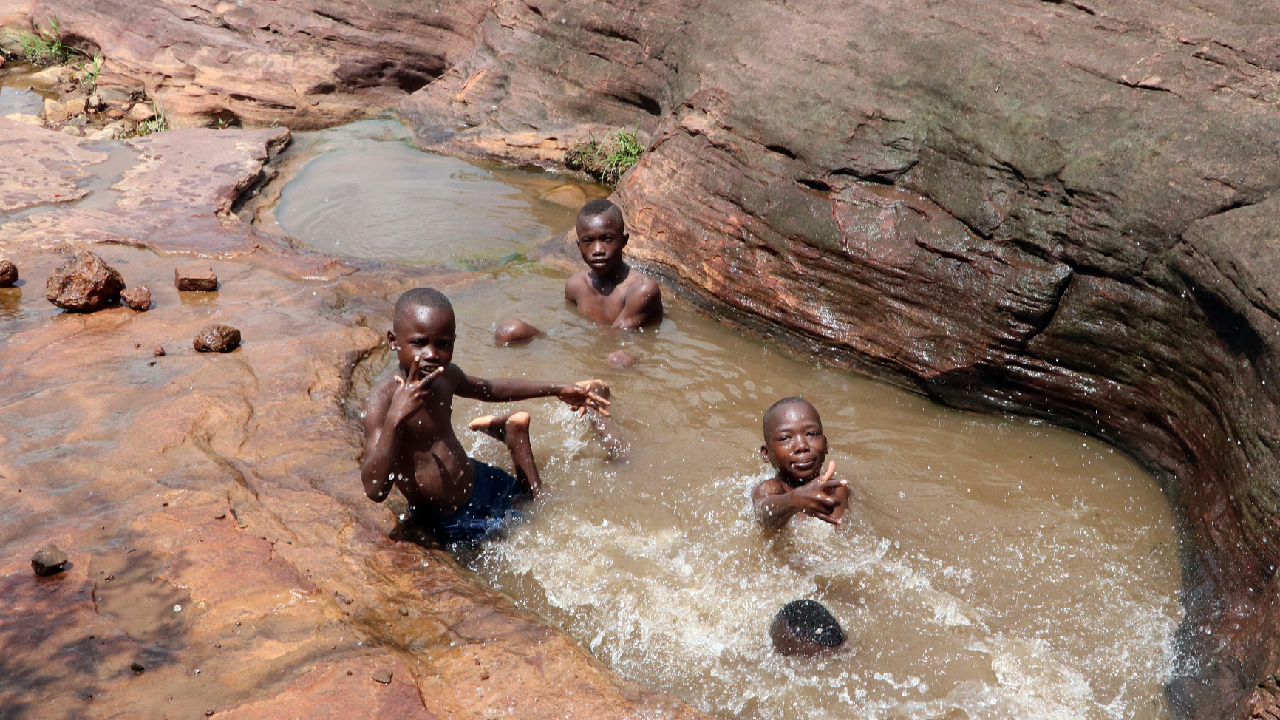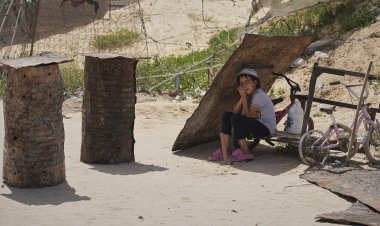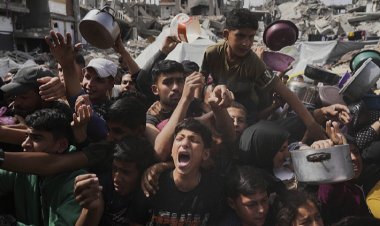UNICEF Reports: Nearly 500 Million Children Endure Extreme Heat for More than Half the Year
UNICEF reports that nearly 500 million children endure extreme heat for more than half the year.

A recent analysis by UNICEF revealed that one in five children, or 466 million, reside in regions where the frequency of extremely hot days has at least doubled annually since six decades prior.
"Children are not little adults," stated UNICEF Executive Director Catherine Russell. "Their bodies are far more vulnerable to extreme heat. Young bodies heat up faster, and cool down more slowly. Extreme heat is especially risky for babies due to their faster heart rate, so rising temperatures are even more alarming for children."
Russell emphasized the urgency for governments to address the escalating temperatures. She pointed out that as governments draft their national climate action plans, they have the opportunity to aim high, keeping the well-being of current and future young generations in mind.
The comparative analysis between the 1960s and the years 2020–2024 illustrates a significant rise in the occurrence of extremely hot days for nearly half a billion children globally. Many of these children lack the infrastructure or resources to cope with such heat.
Further details in the study highlight that children in 16 nations are experiencing over a month of additional intense heat days compared to six decades ago. For instance, children in South Sudan now face 165 extremely hot days annually, a sharp increase from 110 days in the 1960s. Similarly, in Paraguay, the number has risen to 71 from 36.
The report pointed out that children in West and Central Africa are the most exposed to these intense heat conditions, with significant increases over time.
According to UNICEF, about 123 million children, or 39 percent of the child population in West and Central Africa, now endure over a third of the year—95 days or more—with temperatures above 35 degrees Celsius. This includes extremes of up to 212 days in Mali, 202 in Niger, 198 in Senegal, and 195 in Sudan.
In regions like Latin America and the Caribbean, close to 48 million children now live in areas with a doubling of extremely hot days.
"The hottest summer days now seem normal," Russell observed. "Extreme heat is increasing, disrupting children's health, well-being, and daily routines."
UNICEF highlighted the unique dangers that extreme heat poses to children and pregnant women, particularly if cooling measures are absent. Heat stress is linked to various health issues including pregnancy complications, child malnutrition, non-communicable diseases, heightened susceptibility to infectious diseases like malaria and dengue, and potential impacts on neurodevelopment, mental health, and general well-being.
The agency urged leaders, governments, and the private sector to commit to urgent and decisive climate action to ensure every child’s right to a safe, healthy, and sustainable environment is preserved.
Max Fischer for TROIB News
Find more stories on the environment and climate change on TROIB/Planet Health












